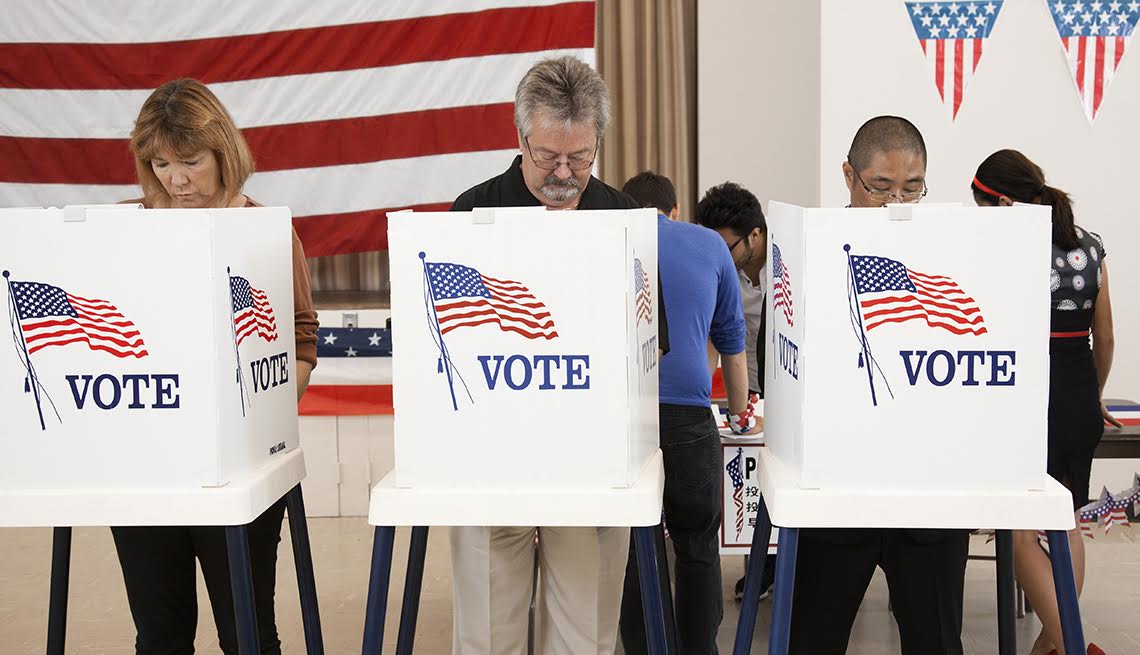As the 2024 Presidential election inches closer, let us analyze how the past few elections have gone in Florida and how it might pan out this time.
Since the turn of the millennium, Florida has been a prominent swing state in every Presidential election. It has only voted for a candidate by a majority of over four percentage points once since 2000 when President George W. Bush carried the Sunshine State with a 52-47 margin in 2004. However, with shifting demographics and a change in views, Florida may be losing its swing state status.
During the 2020 presidential election cycle, many analysts touted Florida as a key state that could ultimately be the tipping point for either candidate. RealClearPolitics, a popular website that aggregates polls for each election, showed a very tight race. Going into election day, the average showed then-Democratic nominee Joe Biden with a less than one percent advantage over Donald Trump. In the end, the projections by the polls were incorrect, with Trump carrying the state by over three full points– the largest margin since 2004. This election showed how Florida’s demographics were shifting towards the political right, but it was even more prominent during the 2022 midterm elections. Republican Governor Ron DeSantis was up for re-election against Democrat challenger Charlie Crist. While DeSantis was favored to win, nobody expected the landslide outcome. DeSantis won by a nearly 20-point margin– a difference of over 1.5 million people. These two elections sparked the question if Florida is a purple state turning red.
The reasoning behind Florida’s shift is quite interesting. Mainstream news sources such as CNN or Vox have cited reasons such as an influx of conservative-leaning retirees, especially from left-leaning states such as New York, changes in Hispanic voting patterns, particularly among Cuban Americans, and a focus on issues like law and order, immigration, and economic growth. Many have also said that the state’s response to COVID-19 in 2020, led by Governor Ron DeSantis, also appealed to many voters, solidifying conservative support. These factors, as well as polling data, lead us to the present day.
While Romy Ellenbogen of the Tampa Bay Times says that Democratic nominee and current Vice President Kamala Harris has visited the sunshine state over a dozen times, many democrats feel Harris does not have a chance to win in Florida. Kimberly Leonard, a political reporter from Politico, very bluntly says that “Florida is not a swing state anymore” so there is not much optimism for Vice President Harris– but what do the poll numbers say about Florida? To put it simply, Republican nominee and former President Donald Trump is all but certain to carry Florida’s 30 electoral votes on November 5. Latest polling data from the New York Times has former President Trump ahead of Vice President Harris by 14 points, along with another poll from the University of North Florida has Trump up 10, which would both be historic margins. In all likelihood, the margin should be closer than that, but Trump will still likely carry the state by a large margin. Nate Silver, a statistician and writer who created FiveThirtyEight, an election predictor owned by ABC News, says that Florida will land in the Trump column by about a 5-point margin, which would be similar to the margin in 2004.
It is important to acknowledge how the Democratic party has practically abandoned the state electorally, not holding many rallies and focusing instead on other swing states such as Michigan, Pennsylvania, and North Carolina. Republicans and the Trump campaign have capitalized on the lack of funding put into winning the Sunshine State, with Trump senior adviser Danielle Alvarez saying Florida is “Trump Country.”
Whether it’s shifting demographics, policy changes in parties, or complacency by the Democrats, it looks fairly certain for Florida to go red for the fifth time in the last seven Presidential elections.















